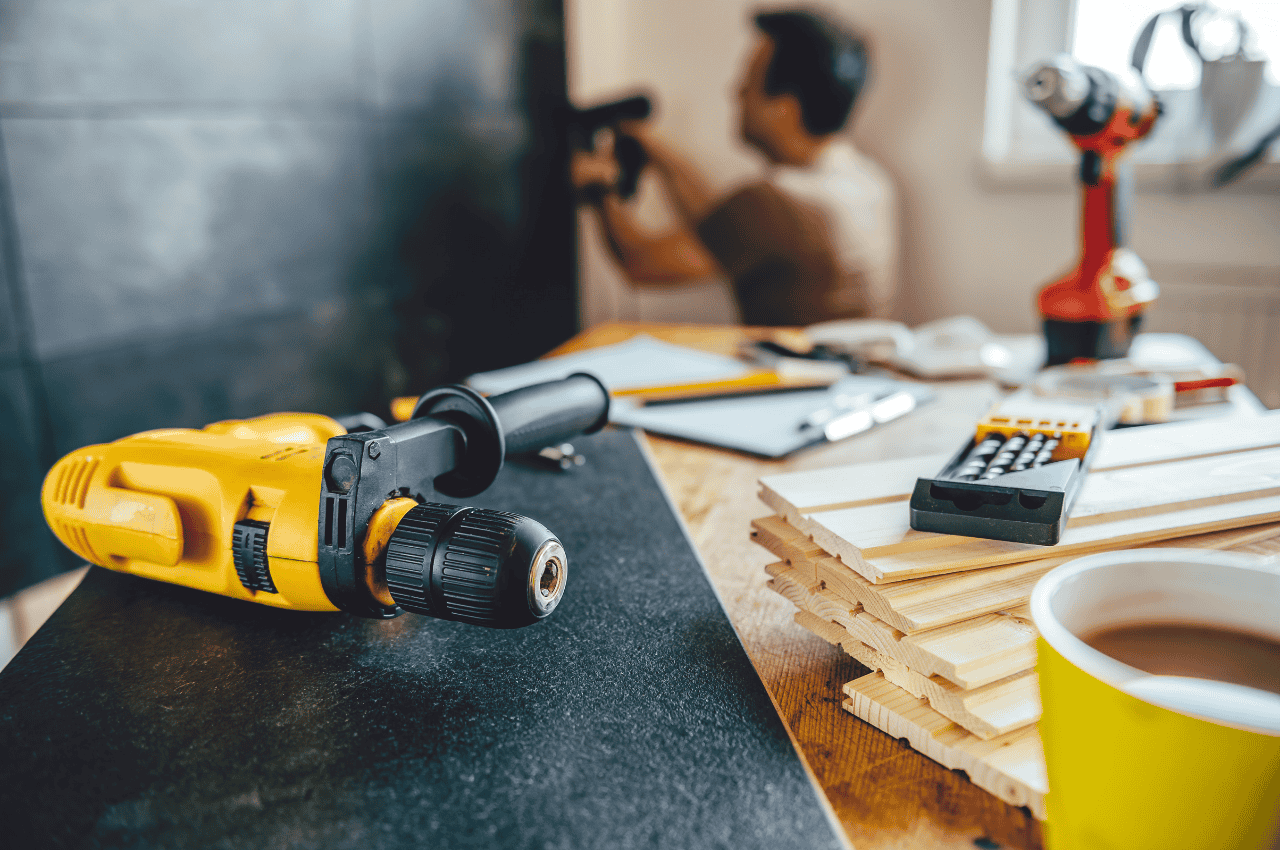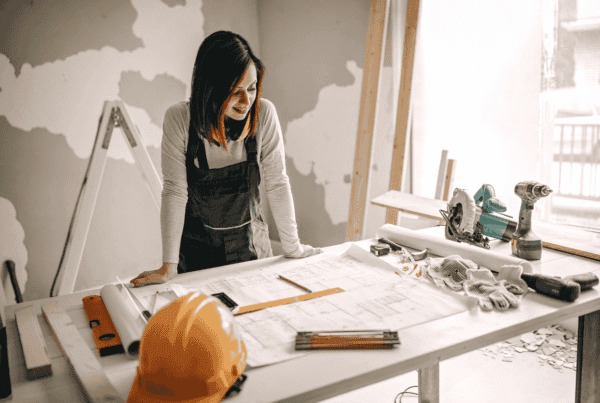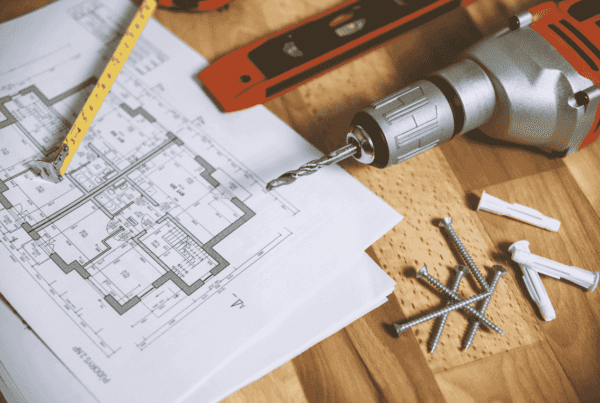Introduction
Renovating a home is one of the biggest investments most homeowners make. It influences not only the comfort and function of daily living, but also long-term property value and maintenance. Whether you are upgrading an older terrace house, refreshing a modern condominium, or rebuilding a semi-detached home, a renovation requires careful planning, smart decision-making, and proper coordination. This comprehensive checklist helps you plan a smooth, efficient, and well-executed renovation project while ensuring that every detail is considered from concept to completion.
1. Pre-Renovation Planning Checklist
Proper planning is the foundation of a successful renovation. Before meeting any interior designer or purchasing materials, homeowners should clarify their needs and assess the existing condition of their property.
a. Define the Purpose of the Renovation
Understanding why you are renovating shapes the entire project. Consider whether your objective is to modernize an old home, improve comfort, increase resale value, add functionality such as storage, or change the layout for better space use. Renovating for long-term stays is very different from renovating for rent or sale, both in terms of budget and design choices.
b. Assess the Current Condition of Your Home
Do a detailed walkthrough of your property. Pay attention to visible damage such as structural cracks, ceiling stains, or loose tiles. Check areas prone to issues such as bathrooms, balconies, and kitchens. Look for water leakage, mold, termite damage, outdated wiring, or poor ventilation. Document these issues so they can be addressed early, preventing costly repairs later.
c. Set a Realistic Budget
Your renovation budget should include:
- Essential structural works
- Mechanical and electrical upgrades
- Carpentry and built-ins
- Materials and finishes
- Design fees
- Appliances and furniture
- A buffer of 10 to 20 percent for unexpected issues
Many homeowners underestimate costs, especially in older homes. A clear budget prevents overspending and ensures funds are used wisely.
d. Identify Your Preferred Style
Create a mood board using online images, catalogues, and showroom references. Identify color schemes, textures, furniture styles, and flooring you prefer. Having a visual guide helps professionals interpret your expectations accurately and maintain a consistent design direction throughout the house.

2. Choosing the Right Team for Your Renovation
Working with the right people drastically affects quality, communication, and timeline.
a. Interior Designer vs Contractor
An interior designer is beneficial for homeowners seeking design guidance, 3D visuals, space planning, and material recommendations. Designers coordinate the entire project and often ensure a cohesive, well-executed result.
Contractors are suitable for those who already know what they want or prefer to make their own design decisions. This option may be less expensive but requires more involvement from the homeowner.
b. Evaluate Credentials and Experience
Review each company’s past projects, especially those similar to your property type. Ask for references or previous client testimonials. Ensure the firm is registered, insured, and provides clear warranty terms. An experienced team reduces the risk of errors and ensures compliance with local regulations and building requirements.
3. Defining the Renovation Scope
Once you decide on your team, outline the full scope of the renovation. This prevents misunderstandings and ensures all quotations are comparable.
a. Structural and Layout Modifications
These are the most significant changes, such as removing walls, creating open-concept living areas, building partitions, extending rooms, or redesigning the kitchen layout. For landed homes, structural works may include reinforcing beams or expanding entrances. Always confirm which walls are load-bearing before any hacking takes place.
b. Electrical and Lighting Layout
Many homeowners regret not planning electrical work early. Determine the placement of power outlets, light switches, air-conditioning points, data ports, and appliances. Plan for future needs such as smart devices, home office equipment, or additional lighting.
c. Plumbing and Wet Area Upgrades
Bathroom and kitchen works often include replacing old pipes, waterproofing, adjusting drainage slopes, installing water heaters, and adding water outlets. Proper wet area planning prevents long-term issues such as water seepage or mold.
d. Carpentry and Built-In Furniture
Custom carpentry maximizes space and creates a tidy, organized environment. Consider built-ins for the kitchen, wardrobes, TV console, pantry, storage rooms, study areas, and shoe cabinets. Select moisture-resistant materials, particularly for homes in humid climates.
e. Flooring Installation
Flooring affects comfort and visual flow. Popular options include vinyl planks for affordability and warmth, porcelain tile for durability, engineered wood for a premium feel, and cement or terrazzo slate for a modern aesthetic. For wet areas, slip-resistant tiles increase safety.
f. Doors and Windows
Updating doors and windows can significantly improve sound insulation, energy efficiency and ventilation. Sliding, folding, or casement windows are common options, while solid wood or laminate doors are a popular choice for bedrooms and bathrooms.
g. Wall Treatments and Paint
Choose long-lasting, low-VOC, or anti-mold paints. Consider feature walls using textured finishes, wainscoting, stone panels, or wallpaper to create visual interest.
h. Air-Conditioning and Ventilation
Plan for optimized cooling and ventilation. Consider inverter air-conditioners, ceiling fans, extractor fans in bathrooms, and cross-ventilation design to reduce humidity and maintain comfort.

4. Interior Design Decisions
Beyond structure and function, interior design plays a major role in creating a harmonious and practical living environment.
a. Choose a Cohesive Style
Common themes include Scandinavian, Japandi, contemporary, industrial, tropical resort, or elegant modern. A unified style helps guide choices for furniture, lighting, materials, and colours.
b. Plan the Color Palette
A cohesive palette typically consists of:
- Base colour for walls
- Complementary tones for furniture and built-ins
- Accent colour used sparingly for visual interest
A consistent palette ties rooms together and gives the home a balanced look.
c. Furniture Planning
Consider scale, placement, and functionality. Large furniture can overwhelm smaller rooms, while multi-functional pieces help maximize space. Always measure before buying.
d. Lighting Layers
Effective lighting involves ambient lighting for overall brightness, task lighting for specific activities, and accent lighting to highlight art or architectural features. Proper lighting dramatically improves the ambience of a space.
e. Optimized Storage Solutions
Incorporate hidden storage, vertical cabinets, drawer organisers, and under-stair compartments. Good storage planning ensures a long-term clutter-free home.
5. Renovation Timeline and Coordination
Renovation timelines vary depending on the scope. Finer details often take longer than major works. Typical timelines are:
- Design and planning: 2 to 6 weeks
- Material sourcing and approvals: 1 to 3 weeks
- Renovation works: 6 to 16 weeks
- Final touch-ups and cleaning: 1 to 2 weeks
Regular site visits help ensure work is progressing according to plan. Look out for tile alignment, carpentry finishing, paint touch-ups, and cleanliness.
6. Post-Renovation Inspection and Move-In Preparation
After completion, inspect every detail thoroughly. Check water pressure, lights, switches, cabinets, and electrical appliances. Ensure all defects are rectified before making the final payment. Arrange for deep cleaning and pest control before moving in furniture. Prepare a layout plan for furniture to ensure smooth placement on move-in day.
Conclusion
A well-structured renovation checklist enables homeowners to navigate the renovation journey confidently and efficiently. By planning, choosing the right professionals, clearly defining the scope of your renovation, and paying attention to design details, you can ensure a seamless experience from start to finish. A thoughtfully renovated home not only enhances comfort and beauty but also improves long-term value and functionality. With the right preparation, your renovation becomes an investment that elevates your everyday living for years to come.






